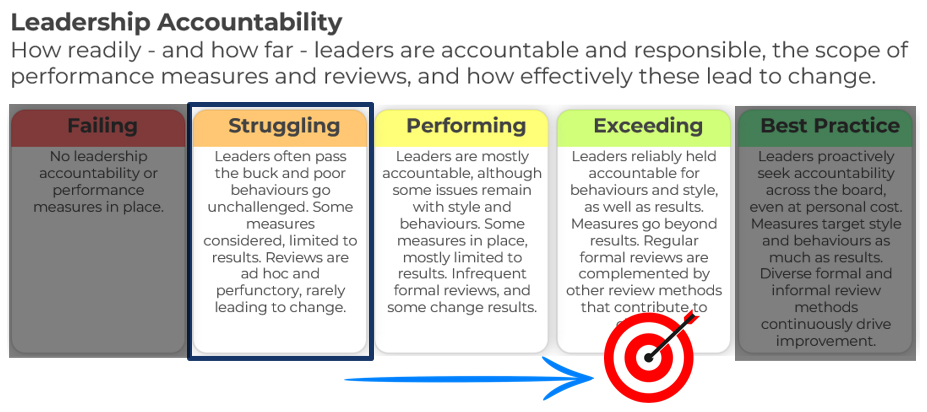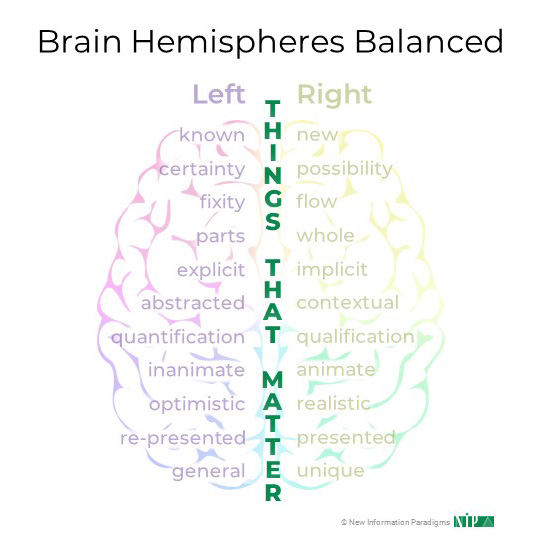Things That Matter: Operationalizing Empathy: Part 4: Harnessing Empathy

- Part 1: the Need for Empathy
- Part 2: How to Establish Empathy
- Part 3: How to Encapsulate Empathy
- Part 4: How to Harness Empathy
Empathy is the root of better relationships. We know this on a personal level. But empathy – actively understanding and responding to the other party’s perspective and priorities – is often almost entirely missing between organizations.
In this series, we’re seeing how empathy is based around the Things That Matter – in particular how capturing and making the Things That Matter measurable as Value Codes makes it possible to harness empathy – and in this final part, we’ll look at how to harness empathy between organizations.
In the previous part, we saw how to capture Things That Matter and re-express them as Value Codes – measures that take what is subjective and high-level, and introduce objectivity and specificity that make them relevant and compelling at the front line.
But once you’ve got such measures, how do you use them? How do you harness the empathy you’ve by now established and encapsulated?
Current vs Desired State
Just as wide engagement was imperative at the start of this process, the same is true in this third step: you want buy-in and you want as much input as possible.
Back to our example Value Code from last time, your first goal is to agree the current state – and “agree” is the right word, because whilst the evaluation statements in a Value Code are mostly objective, you should absolutely be prepared for varying perceptions and differing experiences. This is especially true between the parties in the relationship, and across any different sites.
When you’ve resolved all that down to an acceptable consensus, you can then set a target: it could be a modest improvement, or you might aim to jump up a couple of levels:

However, as we talked about when drafting this Value Code, one of the beauties of Value Codes is that the evaluation statements help identify and suggest the improvement actions needed to get there.
And then, as with step one, don’t stop here: iterate regularly to identify what is and isn’t working, and to respond as events, situations and priorities change. As mentioned earlier in our series, this needs to be an ongoing process; not just about a point in time.
The benefits
There are many benefits in doing all this, and the first is that these measures really work with how we naturally think.
Our brains are – of course- literally the source of empathy and this graphic summarizes how the two hemispheres of our brains broadly work in very different ways:

Whilst these ways of working are complementary, for a whole host of reasons, we tend to heavily favor the more narrow, specific and execution-focused left hemisphere over the more big-picture and exploratory right hemisphere.
Indeed, that’s probably one of the root causes of the difficulty in collaborating and – at the root of that – achieving empathy, because that imbalance means losing sight of the big picture, neglecting softer value and getting overly focused on details.
There’s lots more to say here – I’ll come back and add a link to another article when I get a chance – but for now it’s enough to just note that the combination of Things That Matter and Value Codes restores that complementarity.
Objective and subjective are balanced; execution and the wider context are harmonized; empathy and effectiveness are both unlocked.
As part of that, Value Codes really help clarify choices – as one economist put it, “there are no solutions… there are only trade-offs” – and that’s because there are finite resources; you can’t do everything at once, and sometimes you’ll have to agree to remain middling on some things.
The specific nature of the evaluation statements – and the ability to evaluate a set of such measures at once – really helps clarify priorities, and backing up the subsequent decisions is the traceability of the whole process.
I already mentioned how the links from Value Codes back to Things That Matter makes clear what each Value Code is for, but that traceability also works “forward”, helping with the improvement actions, such that you can absolutely now bring in things like relational contracting, collaborative working and so on.
Such things are really valuable , but all too often brought in as “the answer” before the problems they’re looking to help with – and how they can help – are clear to people, so you get pushback.
Here, you can show your working: you can really target the relevant parts of whatever you want to bring in, and people can see that the actions being taken are directly because of 1. the Things That Matter to them, and 2. the improvement actions implied by the Value Codes.
Likewise, iterations of the process show where investment of time and attention has paid off – or, conversely, where it hasn’t, which is often just as valuable – and this is a real win for ROI (especially if you’ve been able to deal with some of those “price tags” I mentioned in Part 2: overspend, penalties, etc).
And the ROI only increases as the learning about measures and actions that really work is shared, spread and scaled: as mentioned in Part 3, libraries of Value Codes can be built up within teams, within organizations, and so on.
Overall, front-line results for the people at the front line, on the issues affecting the front line, which were raised by the front line.
Empathy harnessed.
To finish
This maybe all sounds good in theory, but perhaps the main question you may have is if this really works in practice, so let’s finish by hearing from someone that’s actually done everything we’ve been looking at in this series.
Mick Harris was the Operational Relations Manager for Amey in a very large contract with the Defence Infrastructure Organisation that was pretty much on the rocks, but here’s a short selection of video clips from an interview with him about what happened next, each clip relating back to things we’ve been looking at in this series:
So, does it really work…? Yes!
Why not contact us to see how you can make all this a reality in your relationships?

